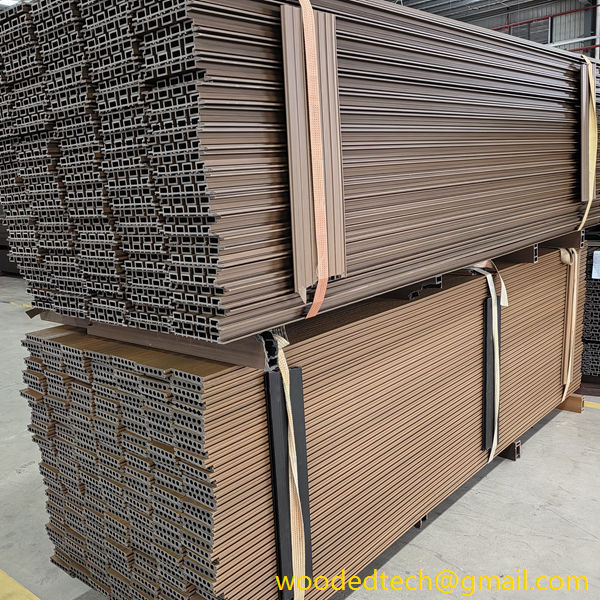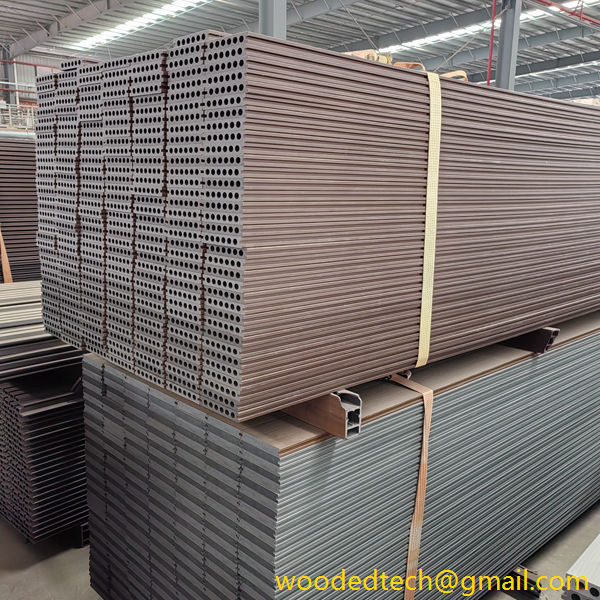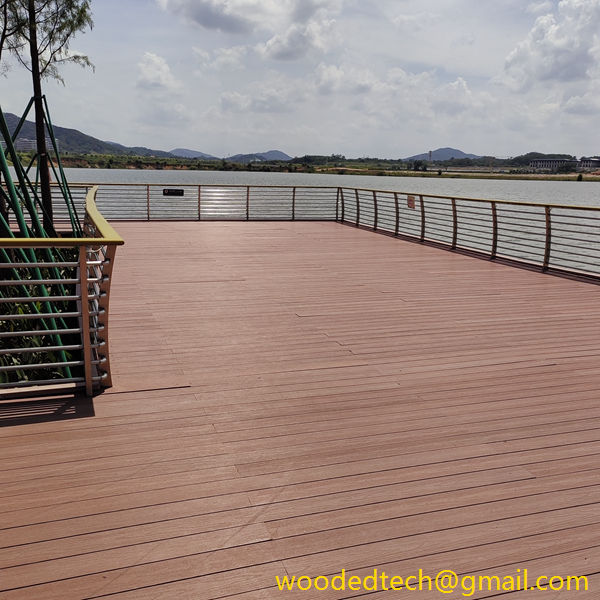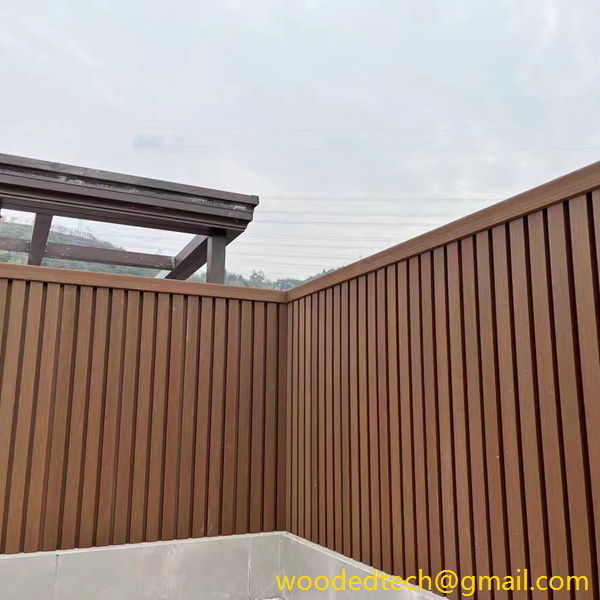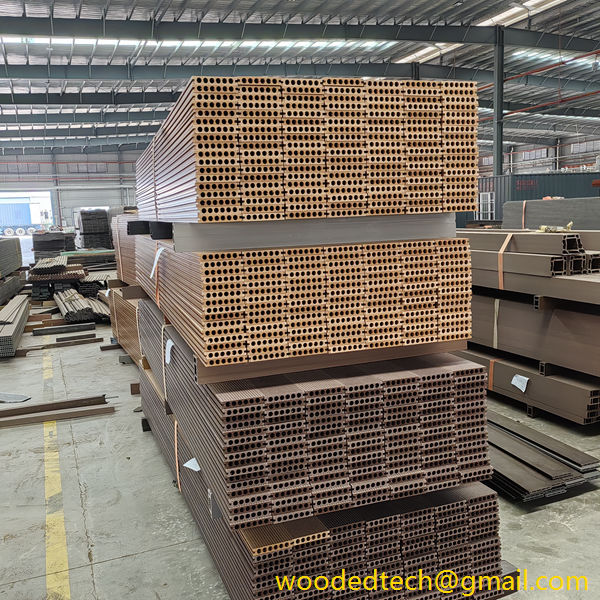Is Wood or Plastic Stronger? A Comparative Analysis
Is Wood or Plastic Stronger? A Comparative Analysis When it comes to the debate over whether wood or plastic is stronger, the answer is not straightforward. Both materials have unique properties that lend themselves to various applications, and their strengths can be measured in multiple ways. Understanding the characteristics of each material can help in…
Is Wood or Plastic Stronger? A Comparative Analysis
When it comes to the debate over whether wood or plastic is stronger, the answer is not straightforward. Both materials have unique properties that lend themselves to various applications, and their strengths can be measured in multiple ways. Understanding the characteristics of each material can help in determining which is better suited for specific uses.
Wood, a natural material, has been utilized by humans for thousands of years. Its strength comes from its fibrous structure, which consists of cellulose fibers that provide tensile strength and rigidity. The grain patterns in wood also contribute to its strength, with certain types of wood, such as oak and hickory, known for their exceptional durability. Wood is particularly strong in compression, making it an excellent choice for construction and furniture.
In addition to its physical properties, wood has the advantage of being a renewable resource. When sourced sustainably, it can be harvested without depleting the environment. Moreover, it has natural insulation properties and can regulate humidity levels, providing comfort in various settings. However, wood is also susceptible to environmental factors, such as moisture and pests, which can compromise its structural integrity over time. Proper treatment and maintenance are essential to prolonging its lifespan.
Plastic, on the other hand, is a synthetic material that has gained immense popularity since its introduction in the early 20th century. Unlike wood, plastics are versatile and can be engineered to meet specific performance requirements. They are typically lighter than wood and can be molded into complex shapes, allowing for innovative designs. High-density polyethylene (HDPE) and polyvinyl chloride (PVC) are examples of plastics that exhibit remarkable strength and durability.
One of the significant advantages of plastic is its resistance to moisture, rot, and pests. Unlike wood, which can swell, crack, or warp when exposed to water, plastic maintains its integrity in various environmental conditions. This makes it an ideal choice for outdoor applications, such as decking, fencing, and furniture that must withstand the elements. Additionally, plastics can be made to be UV-resistant, preventing degradation from sunlight exposure.
When comparing the strength of wood and plastic, it is crucial to consider various forms of strength, including tensile strength, compressive strength, and impact resistance. Tensile strength refers to the ability of a material to withstand being pulled apart. Wood generally has a higher tensile strength than most plastics, making it a favorable choice for applications requiring resistance to stretching or pulling forces.
Compressive strength, on the other hand, measures a material’s ability to withstand being compressed or squashed. In this category, wood often excels due to its fibrous structure that can bear heavy loads. However, certain engineered plastics can be designed to match or exceed the compressive strength of wood, particularly in applications requiring lightweight yet strong materials.
Impact resistance is another critical factor when assessing material strength. This property measures how well a material can absorb energy without breaking upon impact. Plastics typically outperform wood in this category, as they can deform under stress and return to their original shape, while wood may splinter or crack. This resilience makes plastics ideal for applications like safety equipment, automotive components, and other products subjected to sudden forces.
In terms of cost-effectiveness, plastic often has the upper hand. While high-quality wood can be expensive, particularly hardwoods, plastic can be produced at a lower cost. This affordability allows for more extensive use in various industries, from packaging to construction. However, the environmental impact of plastic production and disposal is a critical consideration. Plastics are derived from non-renewable fossil fuels and can take hundreds of years to decompose in landfills. This raises concerns about sustainability and the long-term effects of plastic pollution.
Conversely, while wood is renewable, its harvesting must be managed responsibly to ensure that forests are not depleted. Sustainable forestry practices are essential to maintaining the balance between production and conservation, highlighting the importance of responsible sourcing for both materials.
Ultimately, the question of whether wood or plastic is stronger depends on the context of their application. For structural integrity in construction, wood may often be the preferred choice due to its superior tensile and compressive strengths. In contrast, for applications requiring resistance to moisture and impact, plastic may be the better option due to its durability and versatility.
In conclusion, both wood and plastic have their strengths and weaknesses, and the decision to use one over the other should be based on specific needs and environmental considerations. Understanding the material properties and their implications can guide individuals and industries in making informed choices that benefit both performance and sustainability. As technology advances, we may see further innovations in both materials, leading to enhanced performance and new uses that blur the lines between traditional distinctions.

